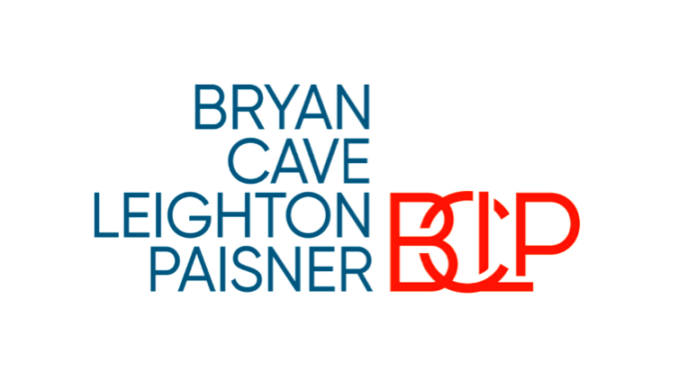
AI Contract Review is for Life Not Just for (the Pre-) Christmas (Rush)
This is a Guest Post by Victoria Duxbury, Associate Director, Knowledge Development Lawyer (Real Estate), Bryan Cave Leighton Paisner.
One of the challenges of using legal tech and artificial intelligence (AI) within law firms is getting the buy-in.

Although there will always be early adopters, the adoption curve inevitably slows as the launch fanfare dies down and there are those within the business who cannot see the benefit or do not take the time to see the benefit going forward.
There are categories of AI where some might argue that this is an acceptable approach. One of these might be document reading/contract review.
Depending on the size and setup of the law firm this function is increasingly carried out by a subset of ‘due diligence’ lawyers. It is their job to plough through the hundreds of documents which are required in order for a client to decide whether to bid for an acquisition and then commit to that purchase.
It is undeniable that the likes of iManage/RAVN and Kira Systems can assist with that process – how much will depend on the nature of the asset and the client’s approach to review (along with the sophistication of the law firm’s implementation).
However, at the point at which those reports are delivered to the client in order for them to green light the purchase should they then be mothballed? Absolutely not.
Those close to a deal will spend hours, days, weeks, pulling together a report which provides a full summary of all relevant points at a time when those lawyers are fully entrenched in the asset(s) for the purpose of acquisition. If that knowledge can then turn into a living asset then its value is truly magnified.
So how can this be achieved?
There is a growing appetite for extensibility and open APIs within vendor and law firm offerings, as well illustrated by the publicity surrounding the Kira/HighQ integration.
Once you have used a review platform to create your due diligence reviews they should move from that platform to a space where they may be accessed for the lifecycle of that asset.
If a platform is fully utilised you can then ensure that the reports that are completed on acquisition don’t merely speak to that time and the ongoing asset management is tracked in a consistent and live fashion.
What do I mean by this?
A lot of the work that goes into using a document reading or contract review platform is around the templating of the reports: refining the information that you want to deliver to the client. Critical too is the way in which the system is trained in order to extract that information and, in some cases, learn the implications of that extraction.
For example, in a real estate context, if the tool is taught to find text relating to the contracting out procedure under the UK’s Landlord & Tenant Act 1954, it could logically move from simply extracting that text to a conclusion that the lease in question was excluded from the security of tenure provisions. Indeed, some contract review products offer this approach already.
It is only a small step to use that same reporting template for leases that are granted subsequent to the acquisition. Those factors that are important to the client on purchase will most likely be the same as those that will matter during the hold.
The benefits of this approach are multiple:
- Lawyers report on issues at the point where they are most fresh in their minds (on acquisition or later down the line) in the same place, giving the client and the legal team who are dealing with the asset management an up to date picture of that asset at any one time;
- It makes the readiness for sale process far less painful all round: less expensive, and hugely more efficient meaning that the client can be in a position to market the property within a matter of hours of instructing its legal team; and
- It encourages a change in mind set and a change in working processes so that there is a logical, consistent and joined up approach. By pushing reporting data into a client extranet portal or matter management system, information can be sliced and diced in whatever fashion suits the client or any other member of the client’s wider team at that point. This enables huge advantages in terms of oversight of issues, of opportunities, of upcoming important dates and of market patterns.
This move away from traditional, static Word-based products to live reporting will offer us all greater visibility, more fluidity and an opportunity to truly collaborate: what’s not to like about that all year round?
[ P.S. if you’d like to see a short video of Victoria and other panel guests talking about the above subjects at the recent Future Lawyers Summit, then check out the story here. ]
1 Trackback / Pingback
Comments are closed.